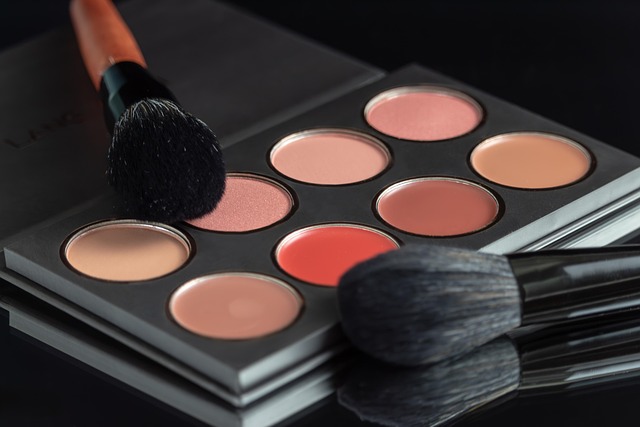Color is the universal language of art, a vibrant mode of expression that transcends barriers and resonates with emotions deep within us. In the realm of fine arts and cultural painting, the exploration of color tones becomes a powerful tool through which artists convey their thoughts, feelings, and cultural narratives. Each hue and shade plays a crucial role, not just in aesthetics but in the story being told through brushstrokes on canvas.
The concept of color tones can be understood as the varied shades and tints that create a palette, rich with meaning and emotion. In fine arts, artists experiment with color tones to invoke feelings, set moods, and reflect their personal experiences and the world around them. Think of the deep reds and vibrant oranges of an abstract sunset, which evoke feelings of warmth and passion, in contrast to the cool blues and greens of a serene landscape that inspire calmness and reflection.
Cultural painting shines a light on the significance of local traditions and values through the lens of color tones. Different cultures have unique associations with colors: while white might symbolize purity and peace in some societies, it can represent mourning in others. This intricate relationship showcases how artists infuse cultural meanings into their work, using color tones to narrate stories of heritage, history, and identity. For instance, the rich earth tones often found in indigenous art reflect not only the natural surroundings but also a deep connection to land, spirituality, and community.
As we delve deeper into the harmony of color tones in fine arts, we discover that artists often choose their palette based on emotional intent as much as aesthetic preference. The use of contrasting tones can create a dramatic effect, drawing viewers into the artwork while eliciting a visceral response. This emotional interplay is particularly compelling in the works of renowned artists, who manipulate color tones masterfully to evoke joy, sorrow, nostalgia, and hope. It’s a dance of pigments that invites us to feel rather than simply observe.
In today’s art scene, the versatility of both traditional and contemporary approaches to color tones is evident. Artists continually innovate, blending techniques and expanding palettes to explore new dimensions of expression. This evolution mirrors the dynamic nature of culture itself—ever-changing, yet rooted in time-honored values. Whether through vibrant murals that adorn cityscapes or subtle, introspective canvases in galleries, the harmony of color tones remains a vital aspect of how we communicate through art.
As we navigate this colorful world, let us remember that every brushstroke is an opportunity to explore the depths of human experience. Engaging with fine art and cultural painting invites us to reflect on the stories behind each hue and shade, fostering a deeper appreciation for the richness of our shared humanity. Whether we are artists, enthusiasts, or casual observers, we are all part of this tapestry woven together by color tones.




